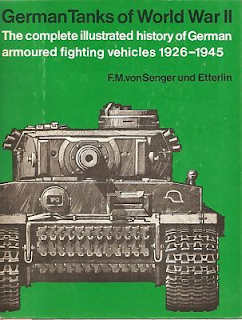(Updated from 2013 Post)
The mainstream comes to you, but you have to go to the underground.
--Frank Zappa
So every generation has got to tear down the old and rebel with the new--creative destruction to borrow a term from the economists. I'm especially fascinated by the art and music scene of Greenwich Village in the 1950s. Here's a short list of some books on my shelf on the life of the cultural underground with a heavy slant on New York.
1. Down and Out in Paris and London, George Orwell (1933). Before his success as a writer, Orwell lived in near-poverty working as dishwasher and other menial jobs. This Mostly autobiographical, part novel, Orwell's life among the bottom rung of Bohemians in the early 1930s. Bought new.
2. Down and In: Life in the Underground, Ronald Sukenick (1987). Sukenick tells the history of Greenwich Village and how this small part of Manhattan became the center of artistic life for Hipsters, Beatniks, Hippies and Punks. Sukenick writes about some of the darker, more sinister aspects of the Village. Maps with landmarks and black and white pictures. Bought new on a remainder rack.
3. Prime Green: Remembering the Sixties, Robert Stone (2007). Before novelist Robert Stone gained success as the author of Hall of Mirrors, Dog Soldiers and later books, he lived the life of a gypsy in the 1960s. Stone was friends with Ken Kesey and witness to his rise and fall with the merry pranksters. Good stories and no shortage of drugs. Bought new.
5. When Kafka Was the Rage: A Greenwich Village Memoir, Anatole Broyard (1993). Brooklyn born and raised, Broyard went off to WWII and returned to move into Greenwich Village in 1946 and started university on the GI Bill. His adventures with the post-war avant garde, romance, pycho-analysis, and running a second hand bookstore. Bought new at Barnes and Noble.
6. Great Demon Kings: A Memoir of Poetry, Sex, Art, Death, and Enlightenment, John Giorno (2020). A memoir of living in Greenwich Village in the 1960s. Giorno made a name for himself as an artist and was intimately involved with Andy Warhol and other artists of the Abstract Expressionist movement. (As of this entry, I'm waiting for the book to arrive; ordered online from Mac's Back Bookstore in Cleveland). Part of my on-going fascination with New York's art scene in the 1950s and 60s.
















































